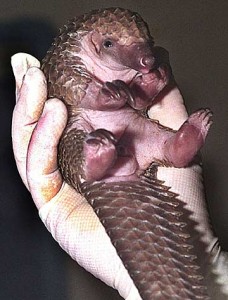IELTS Reading Practice Lesson: Matching Headings
Matching headings questions are common in the IELTS reading test. Many people find this type of question lengthy and difficult to answer. It is important that you do not try to match words. The headings are a title for the paragraph. This means you need to think about the aim of the paragraph and decide which heading summarises this best. You might feel that some paragraphs have two possible headings so always remember to think about the aim rather than just synonyms.
Skim read the headings. Pay attention to keywords in the headings. Note any headings that are similar and headings that might be unique. For your answers remember that each heading can be used only once.
Questions 1-4: Choose the best heading for each section.
Headings:
i) A theory dismissed
ii) Marco Polo in China
iii) Is pasta really Italian?
iv) China is the origin of pasta
v) The real origins of pasta
vi) How Arabs cooked pasta
vii) The common belief of the origins of pasta
Download list of headings: List of Matching Headings
Reading Passage: The History of Pasta
A) Worldwide, pasta has become synonymous with Italian cuisine. Italian immigrants themselves brought pasta everywhere they went. While it is true that the most famous varieties and recipes of cooking pasta really do come from Italy, surprisingly, the actual origin of pasta lies elsewhere!
B) One of the more popular theories of the arrival of pasta in Italy was published in the ‘Macaroni Journal’ by the Association of Food Industries. It states that pasta was brought to Italy by Marco Polo via China. Polo ventured to China in the time of the Yuan Dynasty (1271-1368) and the Chinese had been consuming noodles as early as 3000 B.C. in the Qinghai province. There is even some evidence there of 4,000-year-old noodles made from foxtail and broomcorn millet.
C) Unfortunately, there are problems with this theory, least of which is that the noodles they were making in China aren’t technically considered pasta. Polo also described Chinese noodles as being like “lagana”, which implies he was possibly already familiar with a pasta-like food before going to China. Further, in 1279, there was a Genoese soldier that listed in the inventory of his estate a basket of dried pasta. Polo did not come back from China until 1295. For those who don’t know, Genoa is a sea port in Italy. Further, the modern pasta like we know it was first described in 1154 by an Arab geographer, Idrisi, as being common in Sicily. So Marco Polo could not have brought pasta to Italy via China. It was already in Italy at that time.
D) Most food historians believe that Arabs (specifically from Libya) are to be credited for bringing pasta, along with spinach, eggplant and sugar cane, to the Mediterranean. In the Talmud, written in Aramaic in the 5th century AD, there is a reference to pasta being cooked by boiling. It is thought, then, that pasta was introduced to Italy during the Arab conquests of Sicily in the 9th century AD, which had the interesting side effect of drastically influencing the region’s cuisine. It also known that by the 12th century, the Italians had learned from the Arabs methods for drying pasta to preserve it while traveling. Further support for this theory can be found by the fact that, in many old Sicilian pasta recipes, there are Arab gastronomic introductions.
Source: Passage was adapted from: todayIfoundout.com.
Answers
Click below to open the answers:
CLICK HERE: Answers Explained
All the best and stay safe!!
Liz
…………………..
Subscribe for Free to get New Lessons by Email

